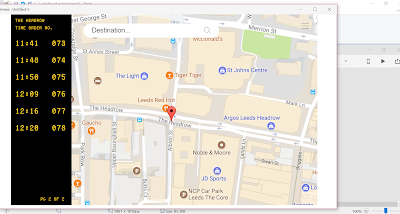One piece of software which would traditionally be used by designers when designing for screen is Adobe xd. This allows designers to produce their user experience at appropriate sizes suitable for various mobile, web and tablet formats to avoiding the need for scaling the designs up or down and potentially losing quality or important information through the process. However, the main aspect of this piece of software allows designers to produce a prototype version of their interface. This works through creating links between specific elements of the interface, wired together so that the click of a specific button will take the user to the next stage in the interface's navigation process, therefore providing a way of showing clients the the potential click-through processes users would make if such designs were a fully functioning app or user experience. This also allows designers to easily spot any potential mistakes or missed stages within such processes before the user experience is developed. Elements, such as transitions and scrolling movements can also be played around with in order to change the nature of the experience.
Through the production process of this final interface design, experiments were produced using Adobe xd, a software which I had not worked with before this module. These proved to be successful in showing how the first few screens could be clicked through by a user, however it soon became apparent that the initial production of such an interface should have solely made use of this program since elements had to be transferred individually from what I had already produced using other programs, which made for a very long process. Instead, a process animation was produced using a video timeline within Photoshop in order to show how users would potentially navigate their way through this final interface, however I will continue to develop my skills in Adobe xd which will then be utilised through other modules and future design works if ever producing work for such specific purposes like screen-based design.




No comments:
Post a Comment